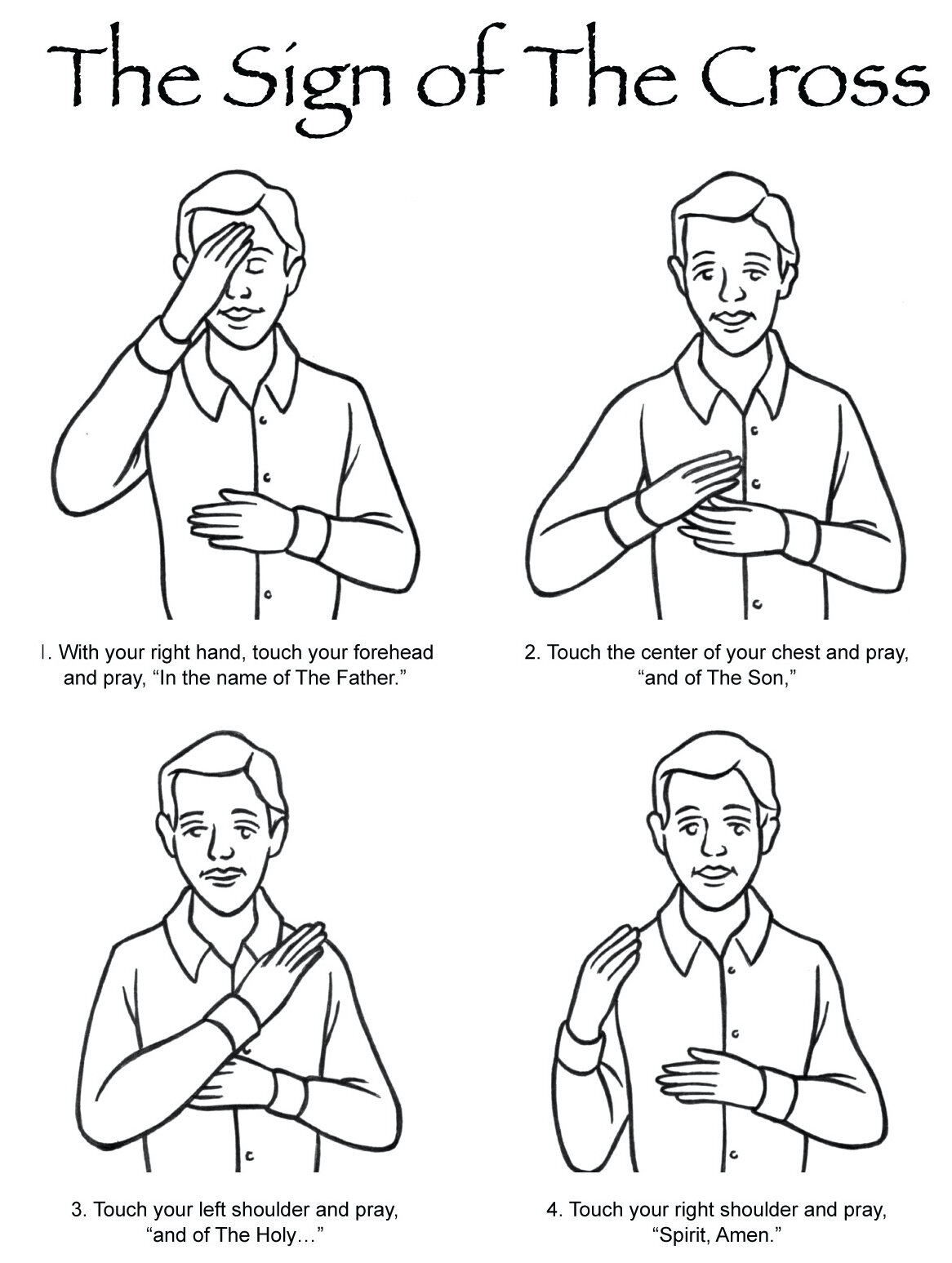What is the Feast of Ascension?
The Feast of Ascension is when we celebrate Christ ascending to the right hand of the Father in heaven. While we observe it today on Sunday, technically the feast day always falls on a Thursday because it is 40 days after Easter Sunday. The timing of the liturgical year is simply following historical fact.
Ascension celebrates a very important part of Christ’s life and work in redeeming us from sin and giving us His Divine life. Jesus Himself teaches that part of the Son of Man’s work is to be seated at the Father’s right hand (Luke 22:69). All over the New Testament are references to Christ’s ascension and His being at the Father’s right hand, here are a few of those:
But [Steven], full of the Holy Spirit, gazed into heaven and saw the glory of God, and Jesus standing at the right hand of God. And he said, “Behold, I see the heavens opened, and the Son of Man standing at the right hand of God.” (Acts 7:55-56)
Who is to condemn? Christ Jesus is the one who died—more than that, who was raised—who is at the right hand of God, who indeed is interceding for us. (Romans 8:34)
If then you have been raised with Christ, seek the things that are above, where Christ is, seated at the right hand of God. (Colossians 3:1)
He is the radiance of the glory of God and the exact imprint of his nature, and he upholds the universe by the word of his power. After making purification for sins, he sat down at the right hand of the Majesty on high…(Hebrews 1:3)
…looking to Jesus, the founder and perfecter of our faith, who for the joy that was set before him endured the cross, despising the shame, and is seated at the right hand of the throne of God. (Hebrews 12:2)
Though often overlooked, the ascension of Christ is filled with theological significance. Christ’s ascension means that in heaven there is one who, knowing firsthand the experience of suffering and temptation, prays for us and perfects our prayers. The ascension is a witness and guarantee of our own bodily resurrection, as well as an invitation for us to set our hearts and minds “on things above, where Christ is seated at the right hand of God” (Col. 3:1-2) to rule over all things in heaven and throughout the universe (Eph. 1:10, 20-23). Finally, the ascension of Jesus serves as the prelude to Pentecost, when the power of the risen Christ came upon all believers through the Holy Spirit.
Ford Maddox Brown, The Ascension, circa 1844
Benjamin West (1738–1820)
Scenes from the Life of Christ: Ascension
Flemish School; Campion Hall, University of Oxford

















